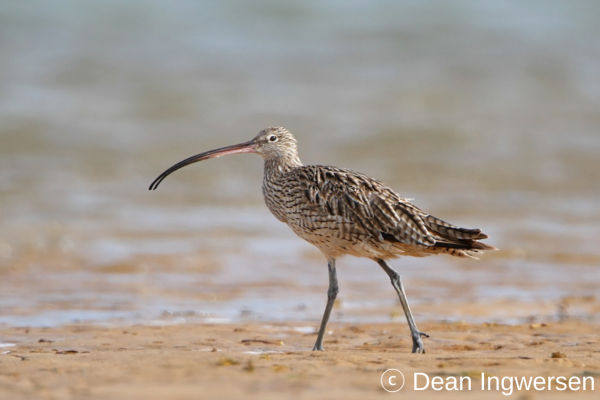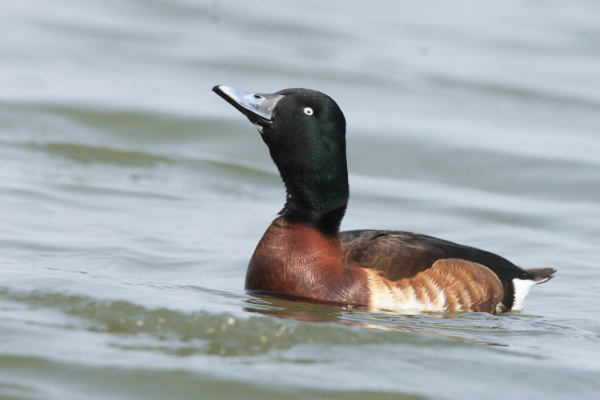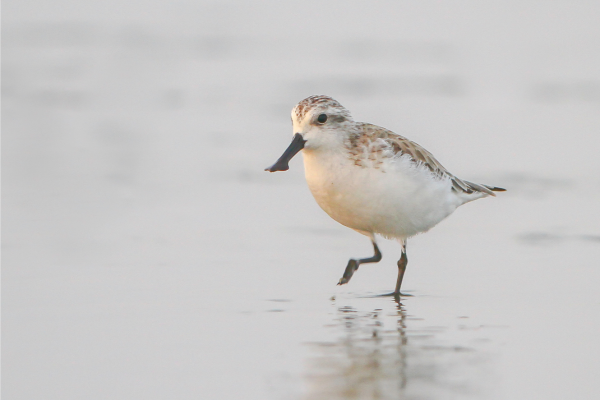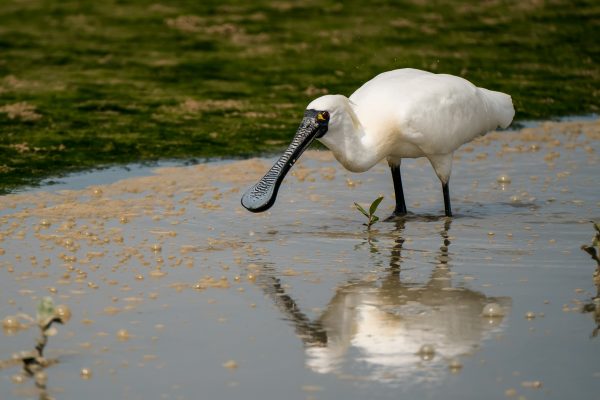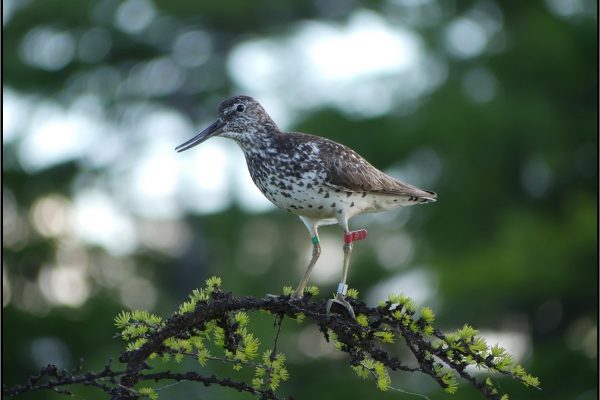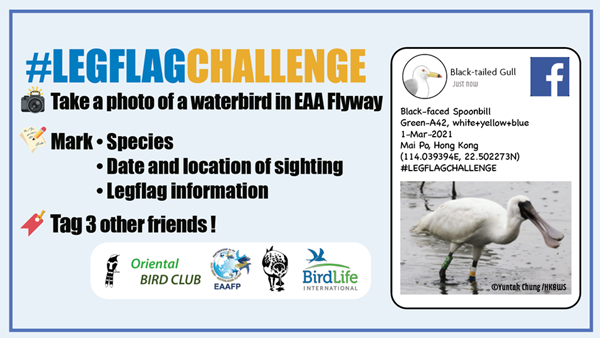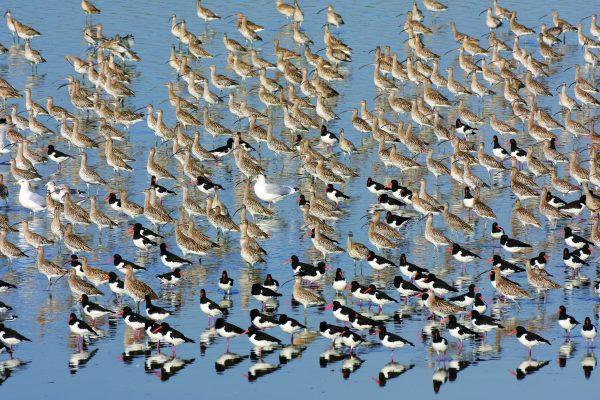-
Green Choi’s donation has been successfully delivered to SBS Task Force for Spoon-billed Sandpiper conservation
On 11th August, the EAAFP Foundation has successfully delivered the donation from Ms. Green Choi to the Spoon-billed Sandpiper Task Force (SBS TF) for the conservation of Spoon-billed Sandpiper and their habitat. Ms. Green Choi, a bird researcher and illustrator of MEET GREEN has been collaborating with EAAFP for several projects, including the EAAFP’s Key […]
Continue reading -
Scaly-sided Merganser
Name: Scaly-sided Merganser Scientific name: Mergus squamatus Conservation status: IUCN – Endangered The Scaly-sided Merganser is a duck species of a very small population, endemic to the East Asian-Australasian Flyway. It is therefore listed as Endangered under IUCN Red List. Scaly-sided Merganser Task Force was officially endorsed by EAAFP as a species Task Force (SsM TF) […]
Continue reading -
Far Eastern Curlew
Name: Far Eastern Curlew Scientific name: Numenius madagascariensis Conservation status: IUCN – Endangered, CMS – Appendix I The Far Eastern Curlew Numenius madagascariensis is endemic to the East Asian – Australasian Flyway. It is the largest migratory shorebird species in the world. EAAFP Far Eastern Curlew Task Force was officially endorsed by the Partnership in January 2015, […]
Continue reading -
Baer’s Pochard
Name: Baer’s Pochard Scientific name: Aythya baeri Conservation status: IUCN – Critically Endangered, CMS – Appendix I Baer’s Pochard is a poorly known migratory diving duck endemic to the East Asian – Australasian Flyway (EAAF). It was uplisted to Critically Endangered on the IUCN Red List in 2012. A Species Action Plan was developed […]
Continue reading -
Spoon-billed Sandpiper
Name: Spoon-billed Sandpiper Scientific name: Calidris pygmaea Conservation status: IUCN – Critically Endangered, CMS – Appendix I Spoon-billed Sandpiper is the rarest shorebird and endemic to the East Asian – Australasian Flyway (EAAF). It was uplisted to Critically Endangered on the IUCN Red List in 2008. A Spoon-billed Sandpiper Recovery Team was set up […]
Continue reading -
Black-faced Spoonbill
Name: Black-faced SpoonbillScientific name: Platalea minorConservation status: IUCN – Endangered, CMS – Appendix I Black-faced Spoonbill is a waterbird restricted mainly to the East Asia region. It is the smallest and rarest of the six spoonbill species in the world. It is recognized as a successful case of conservation with international collaboration, which helped the […]
Continue reading -
Advancing research on Nordmann’s Greenshanks and Common Redshanks in Schaste Bay
Article prepared by Vladimir Pronkevich1, Konstantin Maslovsky2, and Philipp Maleko3,4 During the summer of 2021, we continued studying the breeding ecology of Endangered Nordmann’s Greenshank (Tringa guttifer) and ubiquitous Common Redshank (T. totanus) in Schaste Bay, Khabarovsk Krai, Russian Far East (Fig. 1). The field season, sponsored by the Wildlife Conservation Society (Arctic Beringia Program […]
Continue reading -
Join the #legflagchallenge and contribute to migratory bird conservation!
This year, the EAAFP Secretariat is teaming up with the Oriental Bird Club, BirdLife International and the Spoon-billed Sandpiper Task Force, to launch the #legflagchallenge social media campaign. The #legflagchallenge campaign encourages birdwatchers, bird photographers and all kinds of citizen scientists to observe, document and report sightings of waterbirds in the countries of the East […]
Continue reading -
Flyway Network Site Managers
*Click the blue box to be directed to the specific section Writing and updating the SIS Marine Protected Areas Color marking scheme in EAAF Birds monitoring guideline Site management toolkit archive
Continue reading -
“Getbol, Korean Tidal Flats” inscribed on UNESCO World Heritage List
On 26th July, 2021, the 44th Session of the World Heritage Committee endorsed the inscription of the Republic of Korea’s tidal flats on the UNESCO World Natural Heritage List, marking an enormous step forward to secure the critical habitats of the Yellow Sea for millions of migratory waterbirds that depend on this area as a […]
Continue reading



